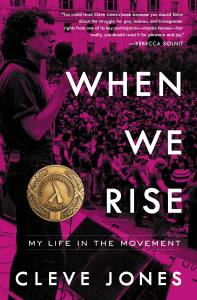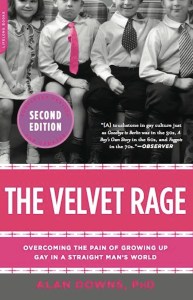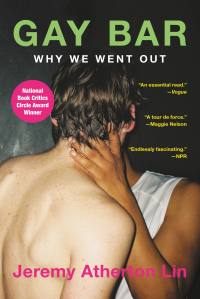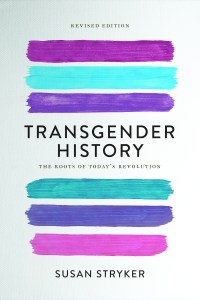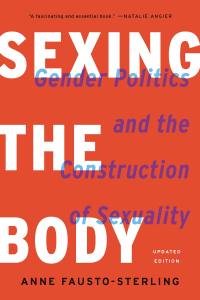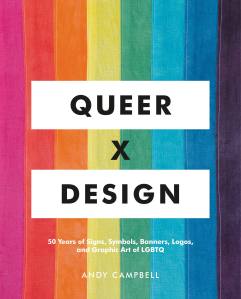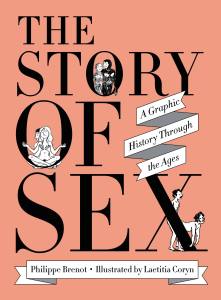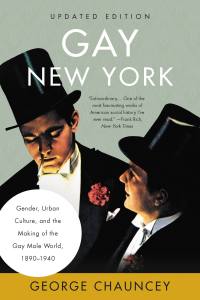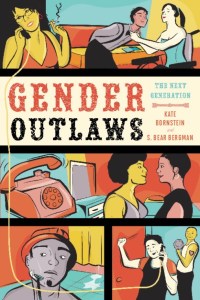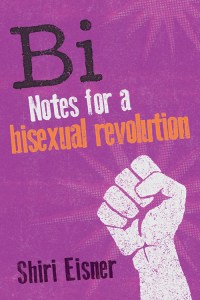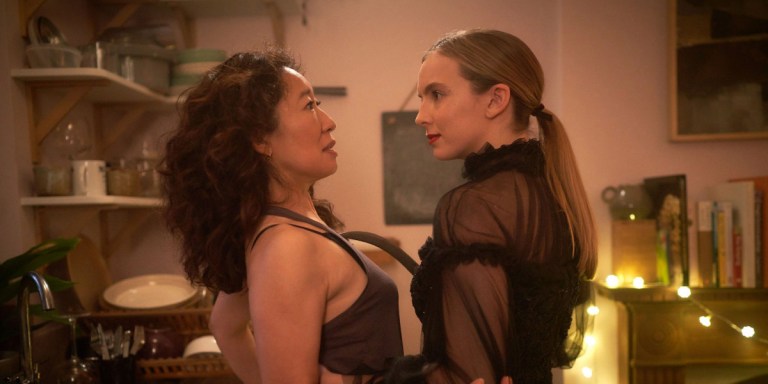10 of the Best Books of LGBTQIA+ History
Queer history encompasses hundreds (thousands!) of fascinating people, places, movements, events, and ideas. It’s full of heartbreaking stories and inspiring ones. It’s so rich and varied, in fact, that no list of queer history books will ever be representative of all the experiences of queer people throughout time. But if you’re looking for some fantastic LGBTQIA+ books to read this Pride month (or any time), these ten are a great place to start. Some of these are especially great Pride books because they deal directly with the activist movements that led to Pride as we know it today. Others delve into lesser-known aspects of queer history. All of them celebrate queer culture, and highlight the contributions LGBTQIA+ people have made to art, literature, science, politics, and so much else.
Like many other young gay men, Cleve Jones arrived in San Francisco in the 1970s seeking freedom and community. In When We Rise, he recounts his life in the city during the tumultuous years of the burgeoning gay rights movement. These poignant, candid, and personal stories of a legendary activist illuminate many defining moments of queer history, including the life of Harvey Milk, the devastation of AIDS, and Jones's work on the AIDS Memorial Quilt.
History will always having a bearing on the present. In The Velvet Rage, psychologist Alan Downs explores the effects that growing up in a predominately straight world can have on gay men, and delves into the history of gay culture. He draws on both his own experiences and psychological research to outline strategies and behaviors that gay men can adopt to life healthy, emotionally fulfilling lives.
Gay bars have always been an integral part of queer history. For centuries, they've acted as safe spaces—sometimes the only safe spaces—for queer people to gather. In Gay Bar, Jeremy Atherton Lin takes readers on a tour de force of the personal and political history of gay bars and queer clubs. In engaging prose, Lin describes cruising spaces in 1770s London, the clubs that helped shape his own identity, and everything in between. Part love letter and part elegy, this book is a stirring exploration of the complex effect these spaces have on queer culture—past, present, and future.
Transgender History certainly isn't comprehensive, but it's a great jumping off point for those interested in learning more about the modern history of trans people in America. Historian Susan Stryker chronicles the major events, people, and movements important to trans history from the mid-twentieth century through the early 2000s.
Though it was published in 2000, Sexing the Body remains a valuable contribution to ongoing conversations about sex, gender, and queer sexuality. Drawing on scientific research and historical case studies, Anne Fausto-Sterling explores the many ways bodies have been politicized through history. She breaks down several systems of binary thinking, including sex/gender and nature/nurture, illustrating how the human body, and thus human experience and identity, is more complicated than a simple either/or.
Queer x Design might just be the illustrated queer history book you've been waiting for. Through buttons, movie posters, logos, ephemera, and more, Andy Campbell takes readers on a colorful journey through nearly seventy years of LGBTQIA+ activism. Filled with art from a diverse array of queer creators, from the now-iconic rainbow flag to the original 'The Future Is Female' t-shirt, this book is a visual guide to LGBTQIA+ artistry, creativity, and resistance.
The Story of Sex is exactly what is sounds like: a visual history of human sexuality. In a series of short nonfiction comics, some serious and some quite funny, Philippe Brenot explores sex from a variety of angles, blending history, sociology, and science. It's full of fascinating tidbits, and includes several chapters on queer sexualities throughout history.
In Gay New York, historian George Chauncey pushes back against the myth that gay life outside the closet only began after the Stonewall Riots. In this comprehensive history, he paints an astonishing portrait of gay lives in 20th century New York City. Drawing on many primary sources, including diaries and legal records, he proves that a vibrant—even thriving—gay culture existed in the city long before 1969.
In this followup to the groundbreaking 1994 book Gender Outlaw, trans activist and wrier Kate Bornstein collects the work of today's trans and genderqueer writers, artists, and thinkers. Full of essays, stories, comics, and interviews, and exploring a wide range of themes and subjects, it's a celebration of the breadth and diversity of trans experience.
Bisexual people have long faced erasure and discrimination from both the straight world and the LGBTQIA+ community. In Bi, bisexual activist and writer Shiri Eisner delves into the history and politics of bisexuality. Highly readable, packed with information, and informed by feminism and queer theory, Bi is not just a history book—it's also a roadmap to a just and inclusive future
